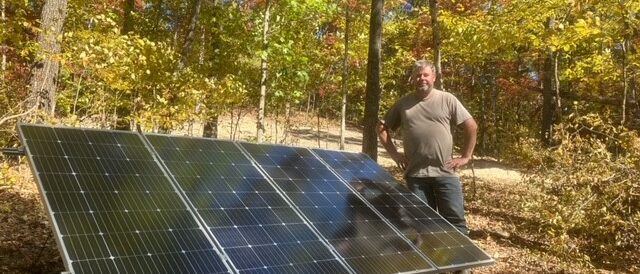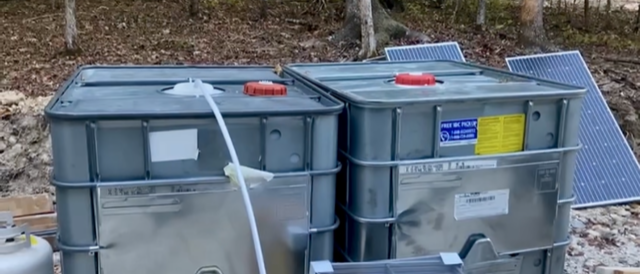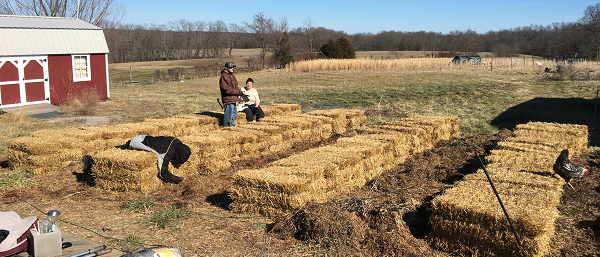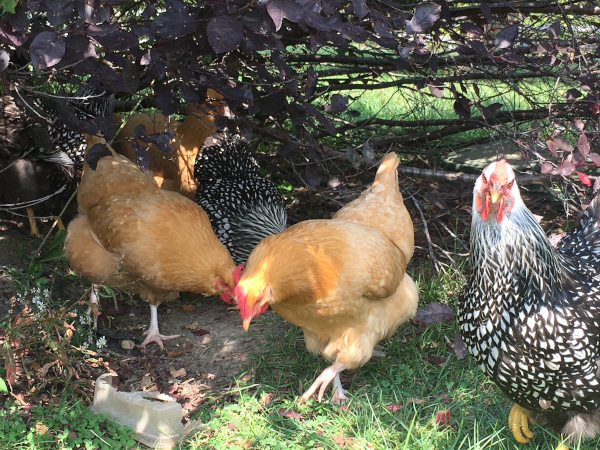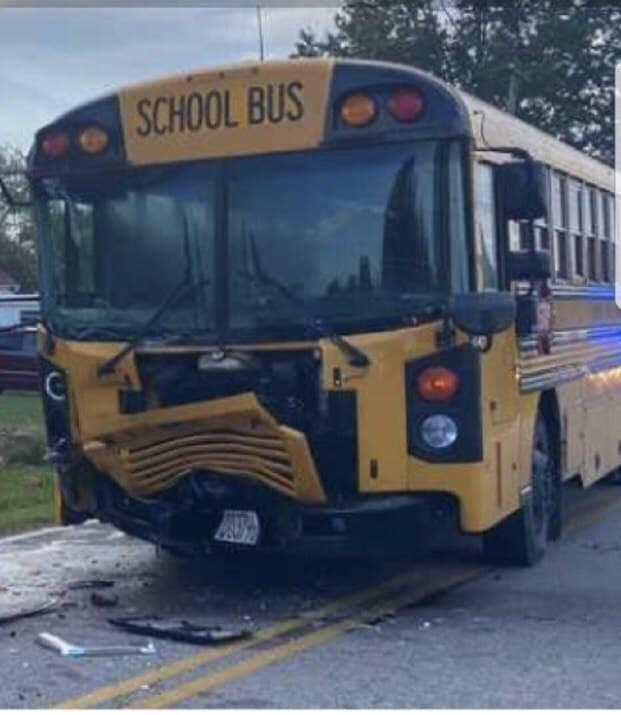
We have learned much about sheep and ruminants in general these last few years. They need fresh water, minerals, and careful pasture management. They appreciate shade and shelter from rain and wind but if you have trees they can get under, it will suffice.
Unless your sheep are very tame, you will want a handling system to be able to get your hands on them. This can be as simple as some cattle panels and quick links and luring them inside with alfalfa pellets. We’ve used this on our sheep and had eight inside at one time for the vet to do a blood draw. For the next farm, I want a proper handling system for sorting skittish sheep and being able to hold them and goats for general care and maintenance tasks.
Our current favorite breed of sheep are the St. Croix. They are a hair sheep rather than a wool sheep and require no shearing. They simply shed their winter coat in the spring. They have been bred over generations without worming medications and have no need of such if their pasture is rotated properly. As they are not a wool breed, they do not need grain to maintain their health and feeding them grain only makes them grow hooves faster. Without grain, we don’t need to worry about trimming hooves as much.
We have learned much about fencing and the next farm will benefit from that knowledge. We will have high-tensile electric fence around the perimeter, poly wire and temporary posts for paddock divisions. We will also have a solid woven fence area for the rams to keep them separate from the ewes in the off-season.
The next farm will have a great deal more acreage and the sheep will need more protection than what they have here. We will be getting livestock guardian dogs to live with the ewes 24/7. The Ram base will likely be close to the barn.
